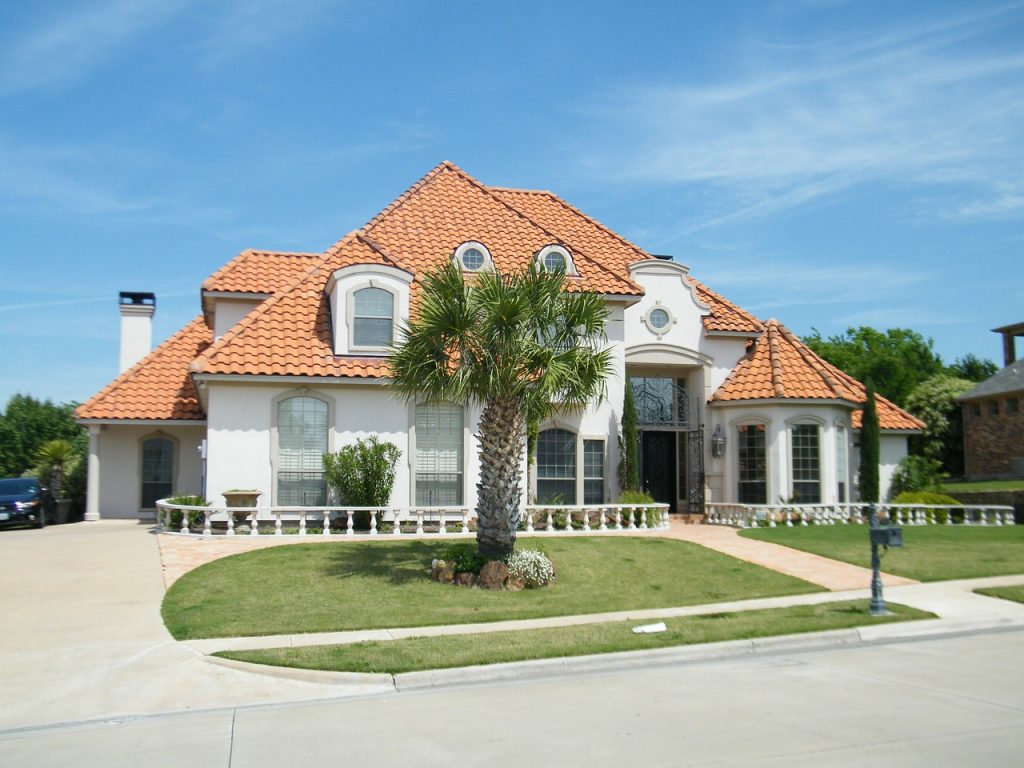A Spanish-inspired home décor is a popular choice among Americans. . If you like a Southwestern or Old World Spanish aesthetic, these design ideas can assist you in infusing your house with Spanish flair. Read on for 5 tips for a Spanish-influenced Décor
The phrase ‘Spanish-Influenced décor’ is frequently associated with architecture. Features include textured walls, red tile roof and rounded arches. A Spanish style may be applied to the architectural design of a home or can be applied to the furnishings. Carved timbers, dark colonial influences, and a warm color palette characterize Spanish-style interior design.
What Is Spanish-influenced décor?
For several centuries, Spanish-style dwellings have played a significant role in constructing structural edifices. The Spanish influence has spread widely in contemporary home architecture. Including dramatic clay tile floors to arched entryways, lofty ceilings, and stucco walls.
Spanish interior design is inherently lively and vibrant. The home emulates that vitality with dazzling white walls. The bleached backdrop allows for the manifestation of an array of colors, textures, and styles. Resulting in an outstanding Spanish interior.
Combine pure white with a Spanish influence. A relaxed, lived-in feel is the result. A deep cobalt blue sofa in a velvety fabric provides depth and warmth to the room. An ethnic-style accent rug and pillows that would accentuate the décor’s richness. Similar features are usually found in the Spanish-influenced design.
A living room area’s cultural traits include a big arched window and a trim of arched brick, emphasizing the fireplace.
Home Interior Spanish-influenced Decor Tips
It is ageless. Dating back to the sixteenth century Spanish-influenced architecture saw a boom. Here’s how to get the look and how to accomplish it.
Include Warm Colors
Warm colors are the cornerstone of any style. As seen in the rug, vases, lamp, coffee table, and tabletop décor
All colors are natural and occur naturally in nature. No overly polished décor or furnishings. Everything is a little rough around the edges. Remind yourself that the fading carpeting and distressed table are there for a reason. Function is everything. Everything chosen has been purposefully selected for a function. A lamp for illumination, a sofa, and pillows for seating. Even the ornaments in warm colors contribute to creating a Spanish-inspired BGC Home design.
Authentic Rustic Furniture
Moorish domination in Spain for centuries had a significant cultural influence on Spanish Renaissance-style furniture. Heavy, imposing tables, chairs, chests, and cabinets crafted from walnut, chestnut, mahogany and ebony frequently incorporate wrought-iron hardware and ornamental inlays of bone, ivory, exotic wood, and tortoiseshell.
Leather, tapestry cloth, and nail-head trim are decorative components. Arches, metal appliques, and regions covered in rails and delicate carving all have a Moorish impact on sofas and seats.

Architectural Styles in Spain
Spanish style architecture is also frequently referred to as Spanish Revival. Identified by stucco exteriors, terra-cotta clay-tiled roofs, and arched windows and entryways. Wrought iron is commonly used on a variety of surfaces ranging from door and window grilles to stair railings and fences.
Exposed wooden beams define Spanish design on ceilings and dark wood trim around doors and windows. Dark walnut cabinets with rope or beaded trim, flaring hoods over stoves, or built-in cooking alcoves define rustic kitchens.
Darker, Carved Wood
Consider integrating darker wood furniture with intricate carvings. If you’re going for Spanish Revival or contemporary Spanish style, go lighter. In the image above, a darker stain imparts a sense of sanctity to the bed, nightstand, and dresser, lending the area an air of history. The darker wood tones were readily available prior to the widespread wood furniture production. Therefore, these tones became popular.
Rarely will you see accent furniture other than functional pieces. There is no wall décor, no beautiful wall hanging, and no figurine for the tabletop. Everything is functional and has a purpose — simplicity was a way of life for the early inhabitants.
The Walls and the Floors
Specialized paint treatments that mimic smooth stucco or plaster impart an earthy texture to walls that are characteristic of Spanish-Influenced décor. Contrast whitewashed walls with dark wood furnishings, ceiling beams, and trim. A Mediterranean vibe is created by textured paint. This will mimic false textures on the wall with color washes and sponging techniques.
Utilize earth-tone colors, begin with light cream, tan or sand foundation, and working up to a two- to three-shade darker shade on the same paint chip for the glazed top coat. Complement the walls with ceramic tile, terra-cotta, or stone floors, or go rustic with salvaged wood.
Final Thoughts
There are numerous approaches to achieving Home Interior Spanish-Influence Décor; consider the materials you are employing and the colors you intend to incorporate into the design. If you are unsure, you can research how to accomplish it.
This post is a collaborative effort and may contain relative, relatable affiliate links. All opinions are our own and for informational purposes.

